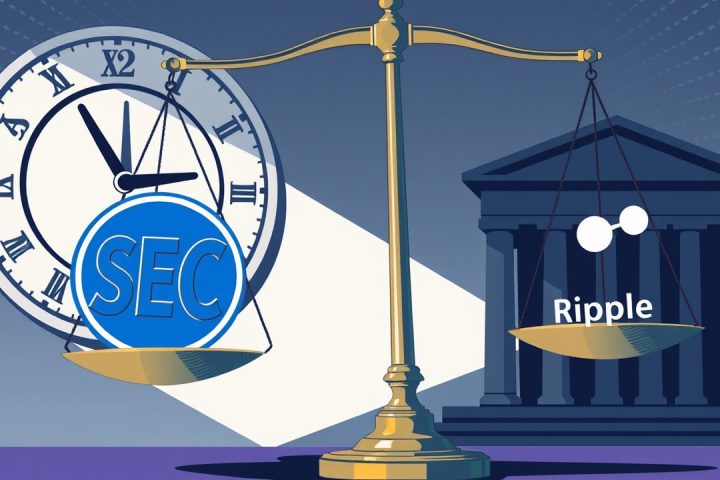Tether Halts Transactions Linked to Illicit Funds
Tether, the organization behind the world’s foremost stablecoin, announced on Sunday that it has halted transactions totaling $85,877 in USDt that were connected to funds obtained unlawfully. This decision comes as a result of a coordinated effort with law enforcement agencies. The incident has sparked renewed discussions regarding the responsibilities of centralized stablecoin issuers when it comes to adhering to regulatory guidelines in the cryptocurrency landscape.
Broader Trends in Tether’s Actions
Although this particular freeze may seem minor compared to Tether’s past interventions, it is part of a broader trend. The company has previously locked down over $2.5 billion in USDt due to links with illegal activities and has restricted access to over 2,090 wallets at the request of authorities worldwide. Such actions highlight the unique position that stablecoin issuers occupy in the realm of digital finance compared to truly decentralized cryptocurrencies like Bitcoin and Ethereum, which do not permit any individual or organization to alter or revoke transactions.
Centralized Framework and Its Implications
Tether’s centralized framework enables it to take immediate action against fraud, theft, and other illicit activities, a capability underscored by some of the largest freezes in the cryptocurrency world. In November 2023, for instance, Tether prevented $225 million in USDt from being disseminated from wallet addresses related to a human trafficking and romance scam operation, a move facilitated in collaboration with the cryptocurrency exchange OKX, as well as various U.S. law enforcement bodies including the Department of Justice and the Secret Service.
In a significant operation in June 2025, Tether identified and froze approximately $700 million held in 112 wallets across both the Tron and Ethereum networks, which were associated with entities linked to Iran. This intervention was viewed as part of a larger strategy to enforce U.S. sanctions amid escalating geopolitical issues.
Shifting Perceptions of Stablecoins
The increasing authority that Tether has demonstrated exemplifies a shift in the public perception of stablecoins, which are now seen not just as digital representations of currency but as potent tools for financial enforcement. Tether’s CEO, Paolo Ardoino, has publicly acknowledged the company’s evolving role in ensuring compliance within the cryptocurrency ecosystem. He noted in a blog post earlier this year:
“Our commitment to combat financial crime is paramount, and we will persist in our collaboration with global law enforcement.”
Concerns Over Centralization
However, this assertion of control has led to unease among some members of the cryptocurrency community. Critics fear that consistent alignment with law enforcement could morph stablecoin functionality into something analogous to central bank digital currencies (CBDCs), potentially eroding the foundations of financial independence and decentralization that many in the crypto space value. Discussions on social media platform X have described Tether’s actions as a “slippery slope,” drawing comparisons to CBDCs and acknowledging the dual nature of centralized mechanisms—while they can prevent funds from going missing, they pose the risk of undermining user autonomy.




